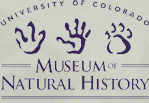 |
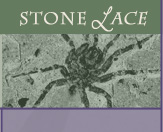 |
||
Page 5 To view larger versions of the images below, click on a thumbnail image or the specimen name. The larger version will display in a new browser window. Use the page number links below the images to go to the next page or return to a previous page. 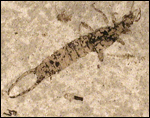 Labiduromma gurneyi, Common Name: Earwig (UCM #29902). These earwigs are nocturnal and feed on other arthropods (spiders, insects, etc.) They lay their eggs in the ground and the female usually remains nearby to guard them. They were given the name earwigs because people used to think that they would crawl into your ears, but this is not true. The pinchers do pinch and it can be quite painful. Labiduromma gurneyi, Common Name: Earwig (UCM #29902). These earwigs are nocturnal and feed on other arthropods (spiders, insects, etc.) They lay their eggs in the ground and the female usually remains nearby to guard them. They were given the name earwigs because people used to think that they would crawl into your ears, but this is not true. The pinchers do pinch and it can be quite painful. Glossina oligocena, Common Name: Tsetse Fly (UCM #31594). Tsetse flies are found only in Sub-Saharan Africa today. This blood-feeding fly is considered a major health problem as it transmits sleeping sickness. Notice the long, thin mouthparts that they use to collect blood meals from their hosts. The world's only fossils of Tsetse flies are found at Florissant. Glossina oligocena, Common Name: Tsetse Fly (UCM #31594). Tsetse flies are found only in Sub-Saharan Africa today. This blood-feeding fly is considered a major health problem as it transmits sleeping sickness. Notice the long, thin mouthparts that they use to collect blood meals from their hosts. The world's only fossils of Tsetse flies are found at Florissant.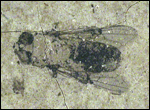 Sericomyia sp., Common Name: Flower Fly (UCM #33680). Often seen hovering around flowers, Flower Flies are expert flyers. Many are excellent mimics of bees and wasps - both in appearance and in their behavior (they often buzz and act like they have a stinger - but they cannot sting). Sericomyia sp., Common Name: Flower Fly (UCM #33680). Often seen hovering around flowers, Flower Flies are expert flyers. Many are excellent mimics of bees and wasps - both in appearance and in their behavior (they often buzz and act like they have a stinger - but they cannot sting).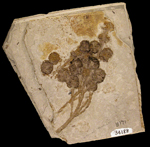 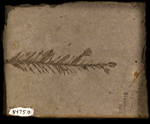 Sequoia affinis Common Name: Redwood (UCM #34188 cone, UCM #34750 branch). These fossils are examples of different parts of an extinct species of Redwood. The only living species in this genus is the California or Coastal Redwood. Coastal Redwoods are the tallest trees in the world, with some reaching over 300 feet tall. They thrive in environments of moderate to heavy rainfall with high summer humidity, and are quite resistant to forest fires. Sequoia affinis Common Name: Redwood (UCM #34188 cone, UCM #34750 branch). These fossils are examples of different parts of an extinct species of Redwood. The only living species in this genus is the California or Coastal Redwood. Coastal Redwoods are the tallest trees in the world, with some reaching over 300 feet tall. They thrive in environments of moderate to heavy rainfall with high summer humidity, and are quite resistant to forest fires. |

|
||
|
|
|||
|
|||
